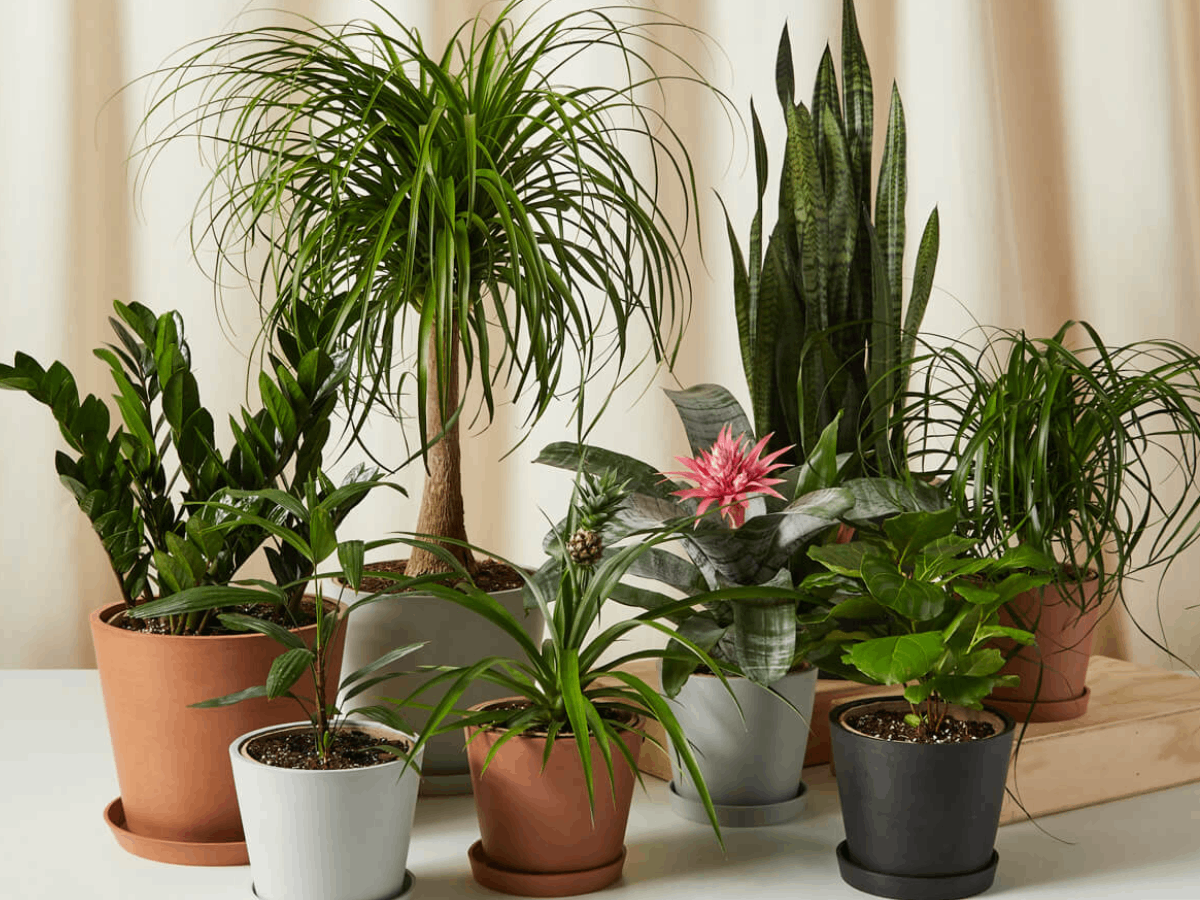

We may earn revenue from the products available on this page and participate in affiliate programs. Learn More ›
If you’ve been searching for where to buy plants online, look no further. Whether you don’t live near any plant stores, want to skip standing in line at the local nursery, or just prefer the convenience of shopping online, there are plenty of places to order houseplants and outdoor plants without stepping outside your front door.
Below are eight of the best places to buy plants online in 2022, from The Home Depot to The Sill to Bloomscape. You’ll find everything from flowers to vegetables to shrubs at almost every price point—and all with options for delivery straight to your home.
1. The Home Depot
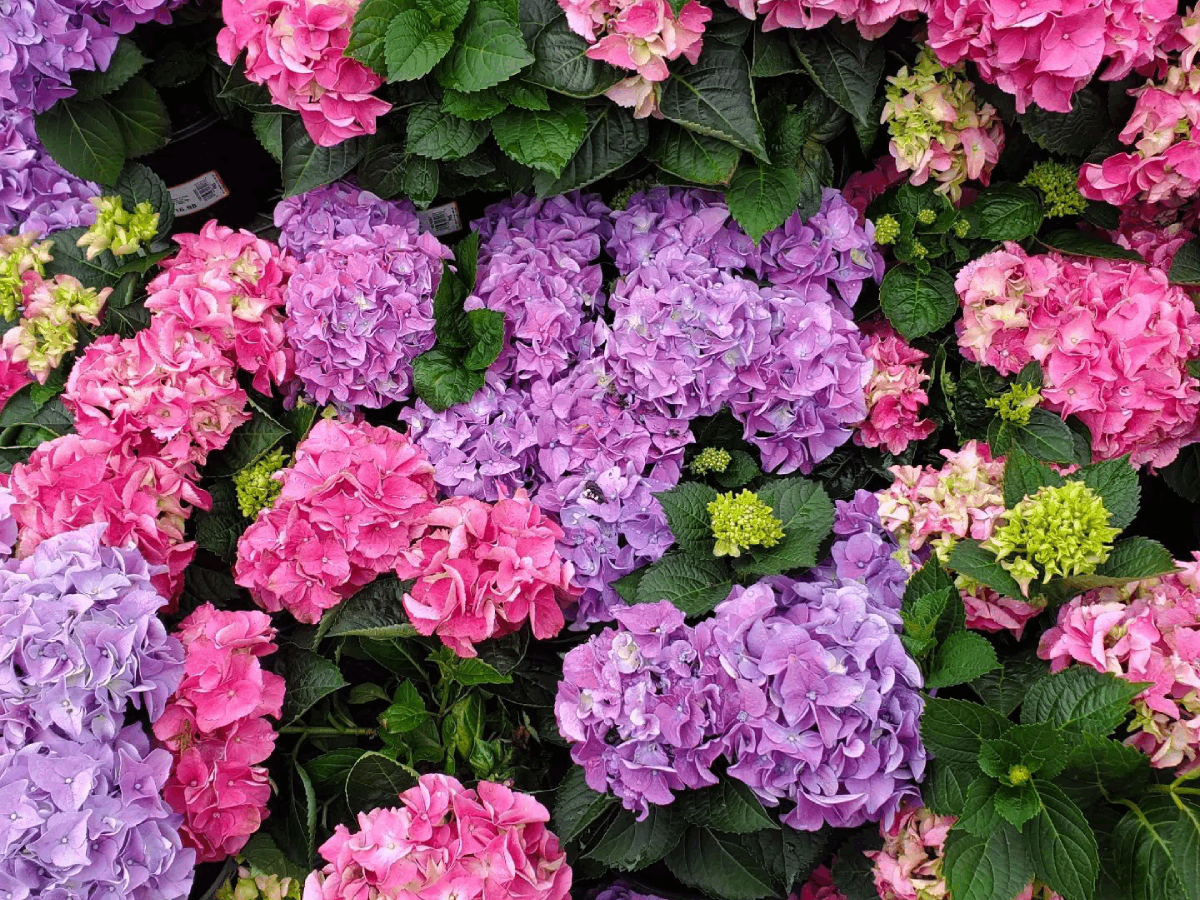
Price Range: $ to $$$
What to Buy: Endless Summer Hydrangea Plant with Pink and Blue Flowers—$25.74 and Pure Beauty Farms Snake Plant—$37.98
The same website that will sell you a toilet flange and a bag of concrete is a great place to shop for plants. Home Depot offers an impressive online version of its in-store garden center, where you can pick out flowers and landscaping plants, as well as the fertilizer and tools you’ll need to maintain your new greenery. You can filter by hardiness zone, sun tolerance, maintenance, and more. You’ll also find an array of indoor houseplants, from snake plants to succulents.
Shop The Home Depot plants
2. Lowe’s
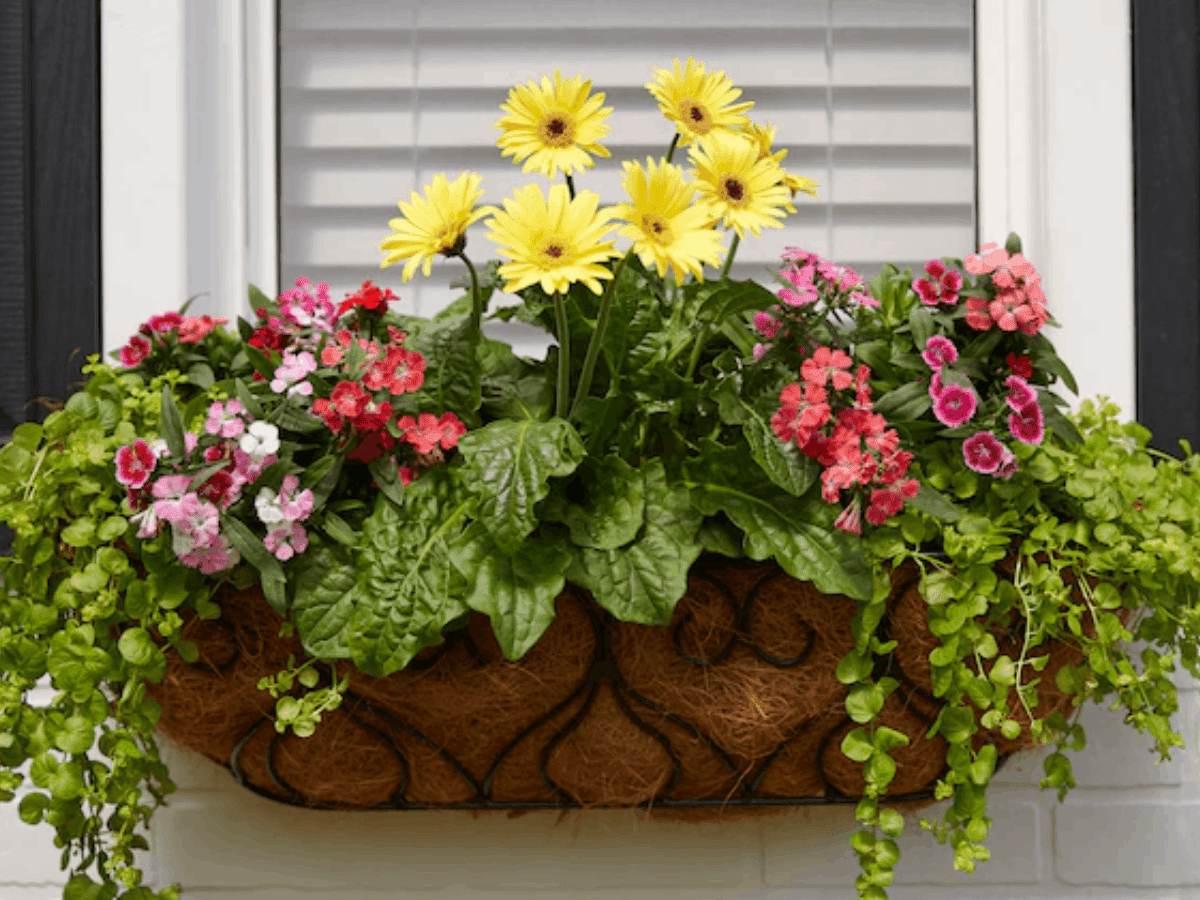
Price Range: $ to $$$
What to Buy: Pachira Money Tree—$15.98 and Spring Hill Nurseries Red Don Juan Climbing Rose—$20.83
Lowe’s is a one-stop shop for both indoor and outdoor plants, along with pots, gardening tools, plant food, and all the other essentials. There are plenty of ways to narrow down your search, whether you’re looking for something low-maintenance, pet-friendly, drought-tolerant, or deer-resistant. Lowe’s offers houseplants, hanging baskets, trees and shrubs, fruits and veggies, roses, and perennials and annuals in a bunch of varieties and colors. You can order online and have your plants shipped to your home or opt for curbside pickup or pickup in store.
Shop Lowe’s plants
3. The Sill
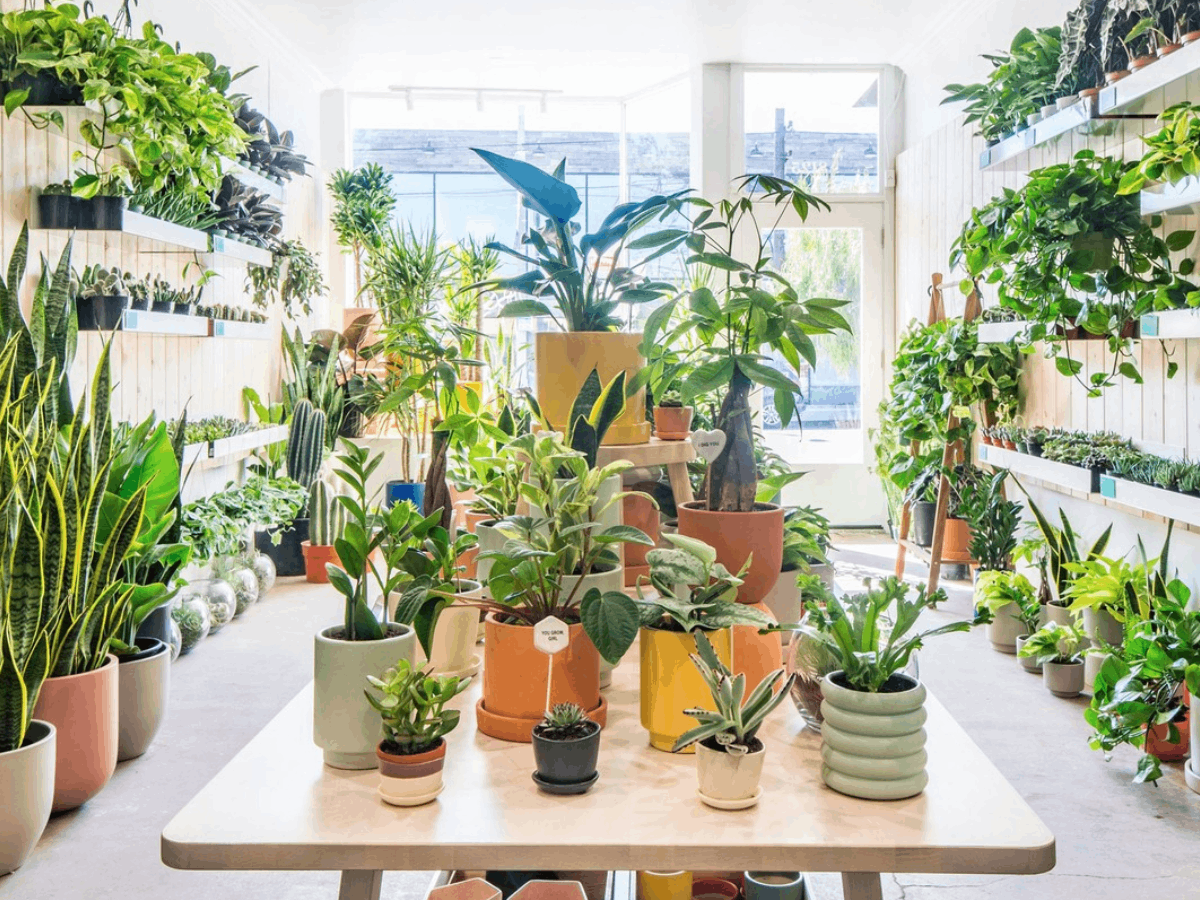
Price Range: $$ to $$$
What to Buy: Monstera Deliciosa—$38 and Bromeliad Antonio Pink—$64
One of the most popular online plant delivery services, The Sill offers a thoughtfully curated selection of beautiful, low-maintenance houseplants, each of which comes in its own decorative ceramic pot. Sure, you pay a premium for the just-add-water convenience of it all. But if you’re a trepidatious beginner in the world of indoor gardening, there’s no more welcoming entry point than The Sill’s simple and easy-to-navigate online store. There’s even a monthly plant subscription box if you really want to take your plant parenting to the next level.
Shop The Sill plants
4. Amazon
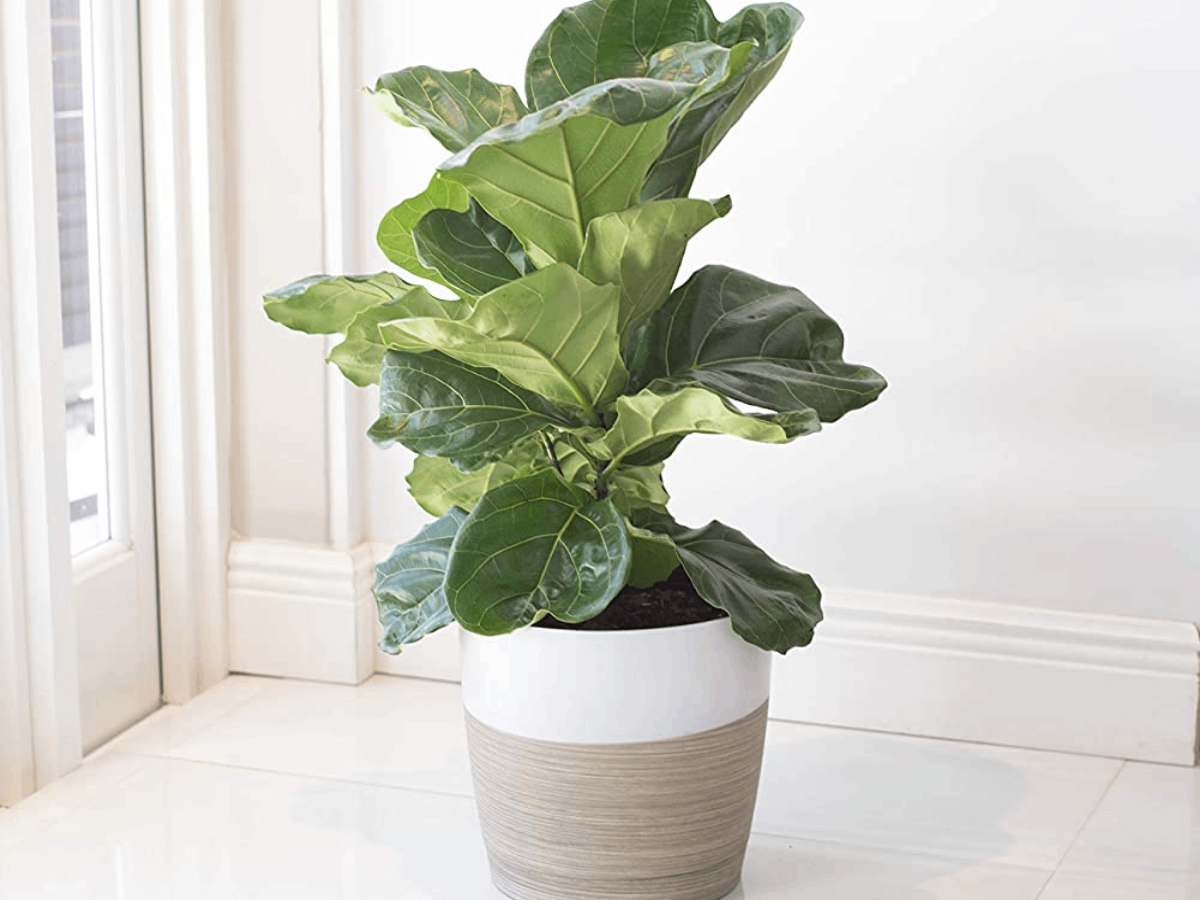
Price Range: $ to $$$
What to Buy: Back to the Roots Organic Lavender—$19.99 and Costa Farms Live Fiddle Leaf Fig Tree—$45.55
Since Amazon organized its garden brands into a recently-launched plant shop, the e-commerce giant now includes a wide variety of live plants, including succulents, shrubs, annuals, and perennials. You can find something for almost every price point, from under $25 deals to more expensive $100-plus greenery. If you’re an Amazon Prime member, you’ll get free shipping on eligible purchases along with same-day or next-day delivery.
Shop Amazon plants
5. Bloomscape
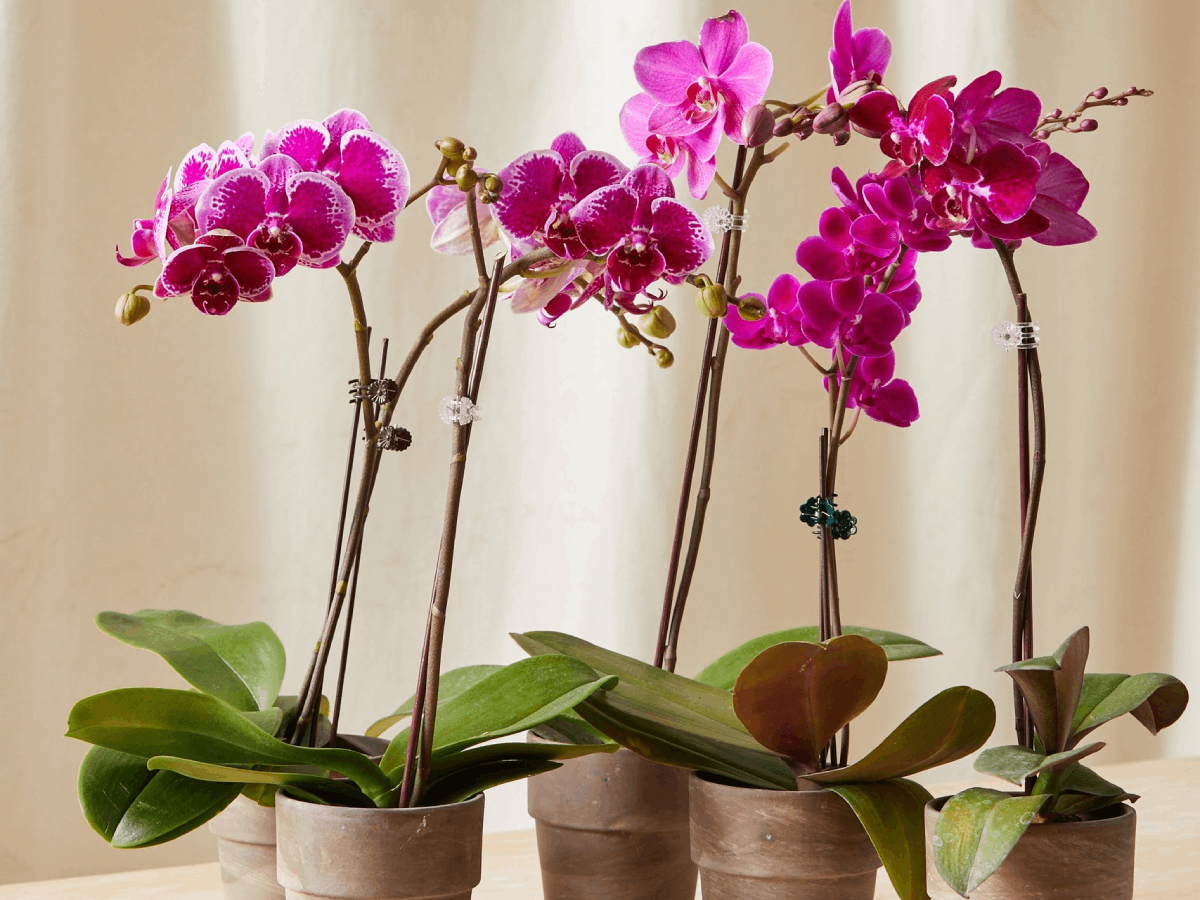
Price Range: $ to $$$
What to Buy: White Orchid—$69 and Bromeliad Collection—$69
Trending on social media over the last few months, Bloomscape delivers gorgeous houseplants to your door in less than a week and packaged with recycled and biodegradable materials. Whether you choose a lavender tree, African violet, or gardenia, if you’re unhappy with your plant, it comes with a 30-day guarantee. Bloomscape also provides a ton of educational materials to newbie plant parents online to help you keep your greenery healthy.
Shop Bloomscape plants
6. Burpee
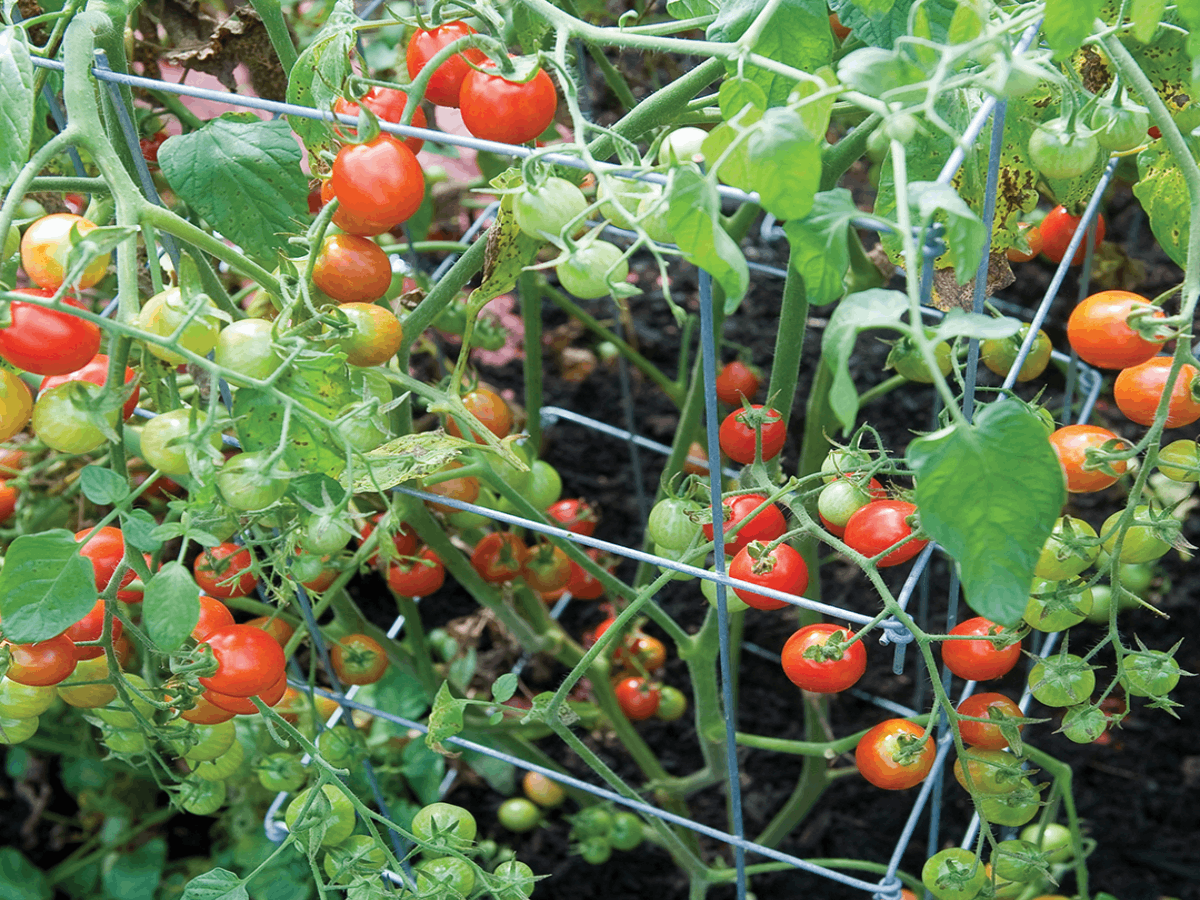
Price Range: $ to $$
What to Buy: Cherry Baby Hybrid Tomatoes (25 Seeds)—$7.95 and Pink Swirl Hibiscus—$15.95
Having been in the gardening business since 1876, Burpee Plants knows all too well what gardeners of all levels need and want for their backyard plot. Through its vast online catalog, you can pick up everything from seeds to starter equipment to garden-ready herbs, vegetable plants, and perennials. The site has a little something for everyone, like a brand-new variety of beefsteak tomatoes that can grow in a sunny deck container garden or a windowsill herb kit that starts home gardeners off with one plant each of basil Genovese, rosemary, thyme, parsley, cilantro, and oregano.
Shop Burpee plants
7. Etsy
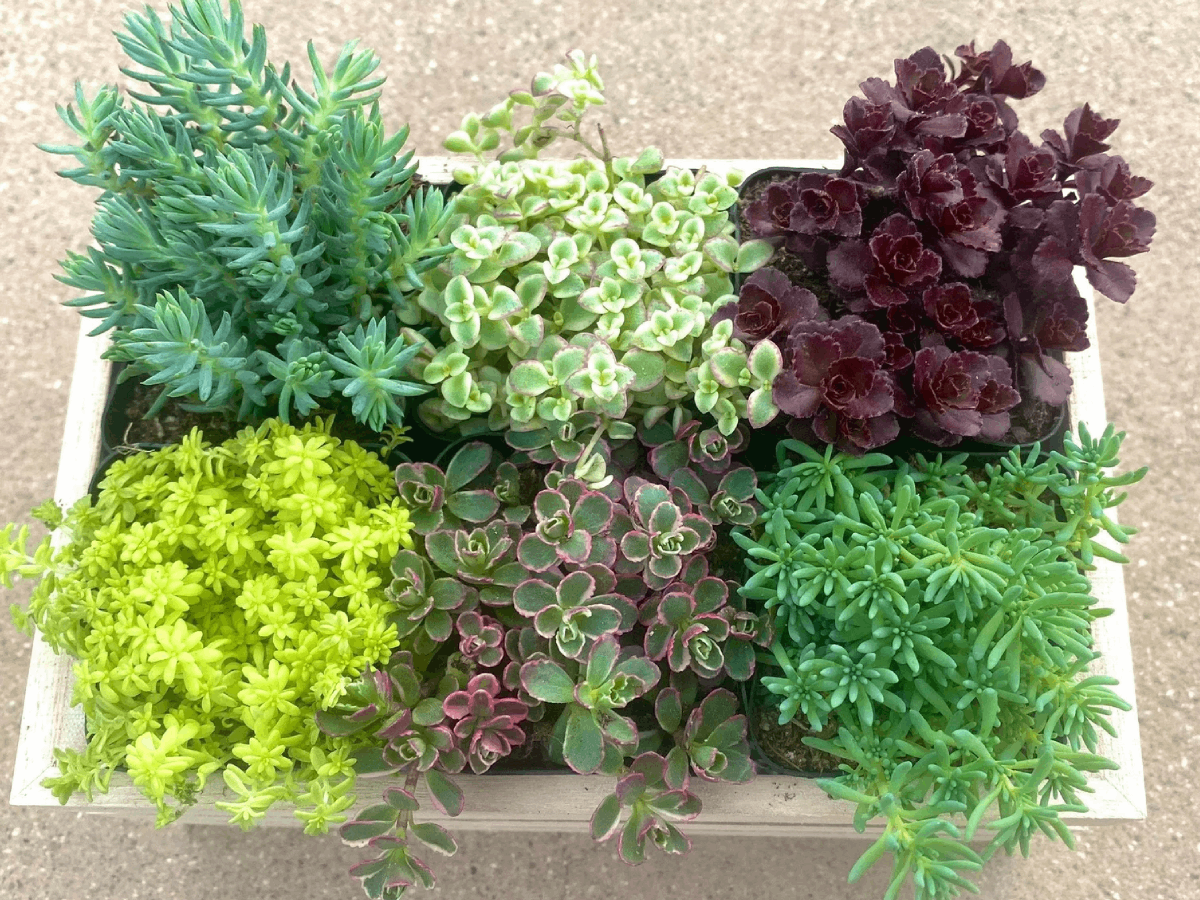
Price Range: $ to $$$
What to Buy: Maranta Green Prayer Plant—$11.24 and String of Pearls Succulent—$3.99
Etsy is an online marketplace where makers sell one-of-a-kind gifts, artisan jewelry, and crafts, but it’s also a prime destination for growers of flowers and greenery. Each plant vendor who sells through Etsy specializes in providing a unique selection of flora. For instance, August Breeze Farm has herbs and veggies, Cristina’s Garden has a wide selection of hearty houseplants, and Queen of Succulents has trendy succulents in almost every color of the rainbow. That’s just a small glimpse of the unique variety of plants you’ll find on Etsy—there’s something for almost everyone.
Shop Etsy plants
8. Great Garden Plants
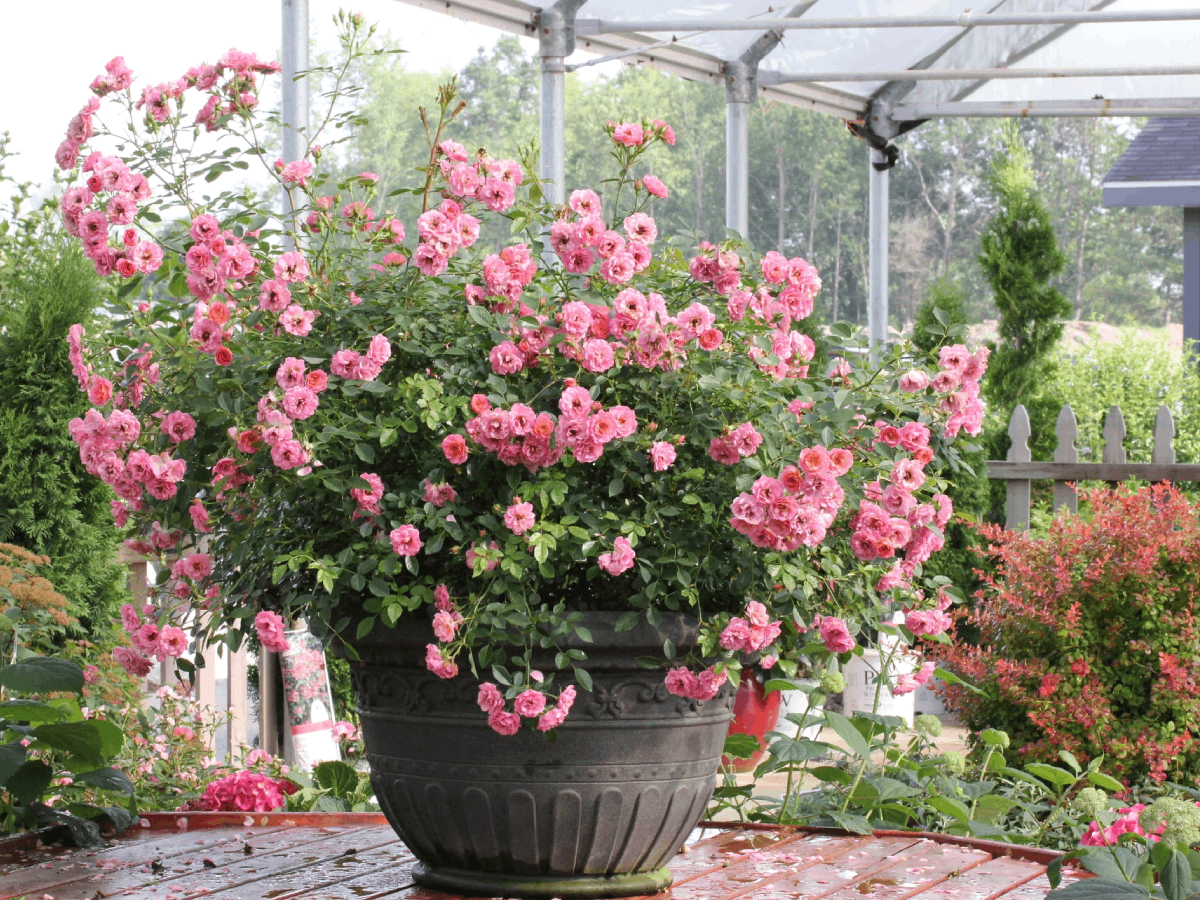
Price Range: $ to $$
What to Buy: Chocolate Chip Bugleweed—$13.99 and Goldsturm Black-Eyed Susan—$13.99
Want a luscious garden without a trip to the nursery? Enter Great Garden Plants, a locally owned website that ships beautiful plants right to your doorstep. The company has greenhouses along western Michigan that supply perennials, ground covers, shrubs, hedge plants, roses, and more nationwide. The plants arrive in perfectly-sized pots to encourage healthy growth, and each product is backed by a 30-day risk-free guarantee.
